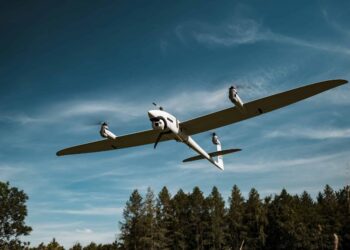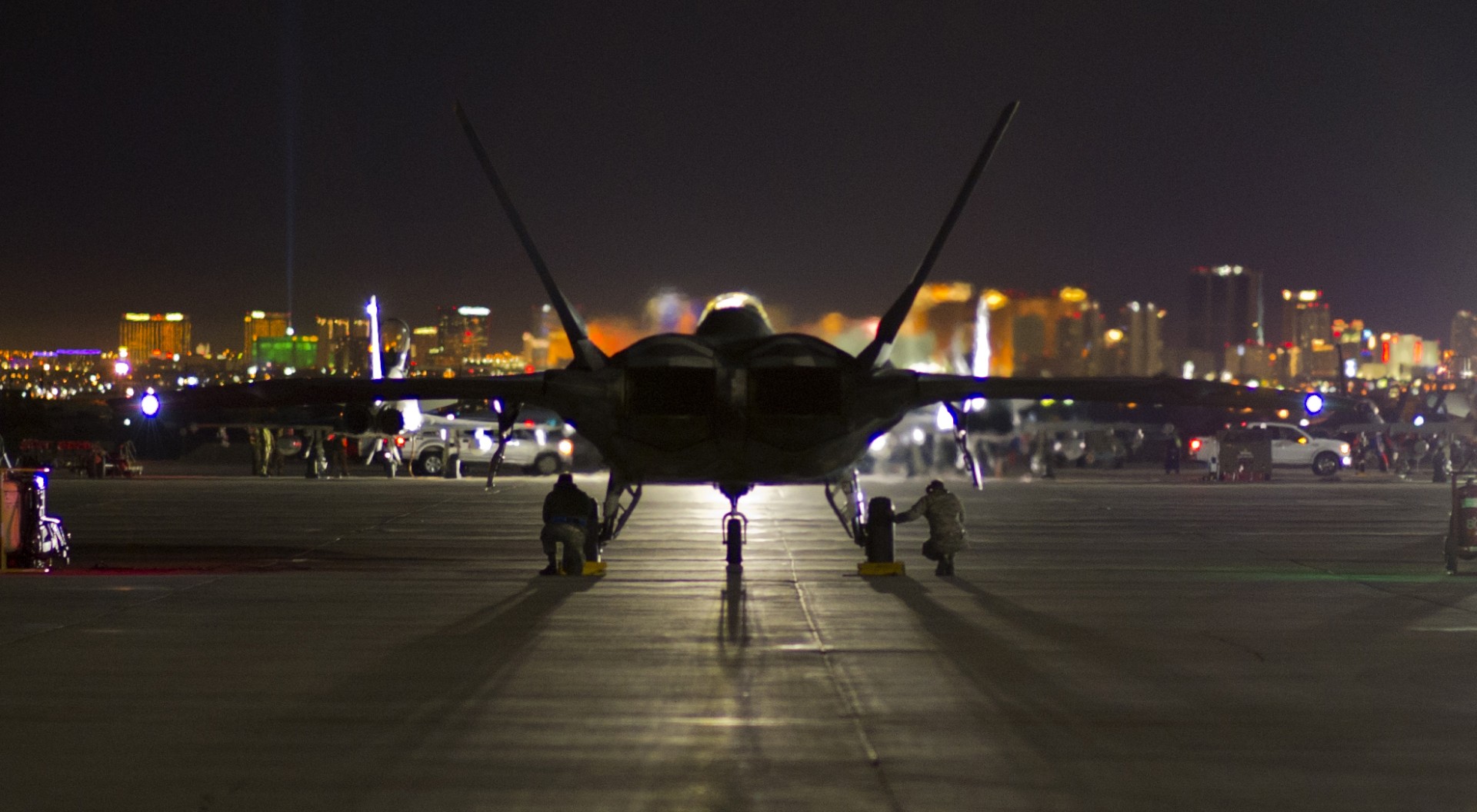WASHINGTON: Discussions about the Army’s use of unmanned systems in the combat theater are likely to focus on bomb-detecting robots and ground vehicles able to navigate through hazardous terrain.
Chances are the discussion won’t immediately go to one of the fast-growing fields in the Army: unmanned aircraft systems.
These systems, operated at the tactical level by troops on the ground, are bringing warfighters unprecedented intelligence, surveillance and reconnaissance capability, Army Col. Christopher B. Carlile, director of the Army Unmanned Aerial System Center of Excellence at Fort Rucker, Ala., told reporters yesterday.
“There’s an old saying that science and science fiction is only separated by timing, and that timing is now,” he said during an Association of the U.S. Army aviation forum. “We have it.”
Some considered Army UASs little more than “model airplanes with some sensors hanging from them and a bunch of guys flying around with play toys” when they first entered the scene in the mid-1990s, Carlile conceded. But they’ve proven themselves as force multipliers that save lives on the battlefield, and have come to be embraced by the warfighters who employ them, he said.
With almost 1 million UAS flight hours clocked in Iraq and Afghanistan, the Army is committed to growing the program to keep pace with demand for UAS capabilities. This year alone, the Army plans to train more than 2,000 operators who ultimately will deploy with the ground troops they will support, Carlile reported.
Army UASs come in three primary forms. The Raven, just under 3 feet long, supports battalions down to the platoon level. The Shadow, 11 feet long with a 14-foot wingspan, supports brigade-level operations. The more sophisticated “big daddy” of Army UASs, the Extended Range Multi-Purpose system, has a 56-foot wingspan and supports division-level operations.
These systems provide life-saving situational awareness and make soldiers more effective in tracking down enemy targets, Carlile explained.
“This is not the movies,” Carlile said. “There is not an infantryman who can call up and have the National Security Agency turn a satellite so he can see what’s on the back side of a building. That doesn’t happen.”
In the past, infantrymen found out what was behind the building when gunfire came from it, or a rocket-propelled grenade came at them from around the corner. Now, they have the Raven, the smallest UAS. At less than 5 pounds, it is lightweight and portable enough to deliver an aerial reconnaissance capability once limited to higher-echelon elements.
“They can take that and fly it and put it above, and see if there is an ambush on the other side of the street, in real time,” Carlile said. Troops also can determine what the enemy is up to – such as hiding behind civilian shields – to reduce the risk of collateral damage during operations.
Army UASs also have proven their effectiveness in identifying and taking out enemy operatives. A little-known fact, Carlile said, is that Army UASs have launched about 80 percent of the successful drone strikes that have made headlines in the news.
When he commanded the 4th Infantry Division in Iraq as a major general, Army Gen. Raymond T. Odierno, now commander of U.S. Forces Iraq, called the tactical UAV Shadow system “an absolute must” for his brigade commanders in locating, identifying and ultimately defeating high-value targets.
The UAS Center of Excellence leads the Army’s effort to synchronize its UAS program with those of the other services, especially the higher-visibility Air Force remotely piloted vehicle program based at Creech Air Force Base, Nev.
Recognizing the contribution these sister-service aircraft make to the fight, Carlile emphasized the complementary value of unmanned aircraft operated by troops on the ground, directly alongside the soldiers they support.
“Their whole intent is to support the guys they eat dinner with every night, the ones they sleep in the same tactical assembly area with,” he said. “Because of that, they have a tie they would not have if they were in Las Vegas, Nev.,” home of the Air Force UAV center at Creech Air Force Base.
“You cannot have that same tie with the soldier. You cannot have that same situational awareness 8,000 miles away,” he said. “It just does not exist.”
Lt. Gen. James Thurman, the Army’s deputy chief of staff for operations, told attendees at the AUSA session yesterday the Army will continue to invest in unmanned as well as manned aircraft to support warfighters.
“Unmanned aircraft systems continue to significantly improve our war efforts, and demand for these specialized systems continues to rise,” he said. “The Army will continue to pursue highly capable systems while providing aircraft, highly skilled operators and advanced capabilities to support the war efforts.”
While pointing toward solid growth within the Army UAS program, Carlile isn’t predicting a day when unmanned aircraft will take the place of piloted ones. Army experiments to measure both platforms’ effectiveness in tracking enemy targets in combat found they had the best results when working collaboratively to support the operation, he said.
“When we put the manned and unmanned together into the combat operation, we get an exponential increase in synergy,” he said.
That synergy can be measured in the number of successful target identifications or hits, Carlile said, with equipment providing consistent binary data and humans contributing the ability to think outside of that data field to make logic.
“The two come together very sweetly, and that is what gives us the capability,” he said.









